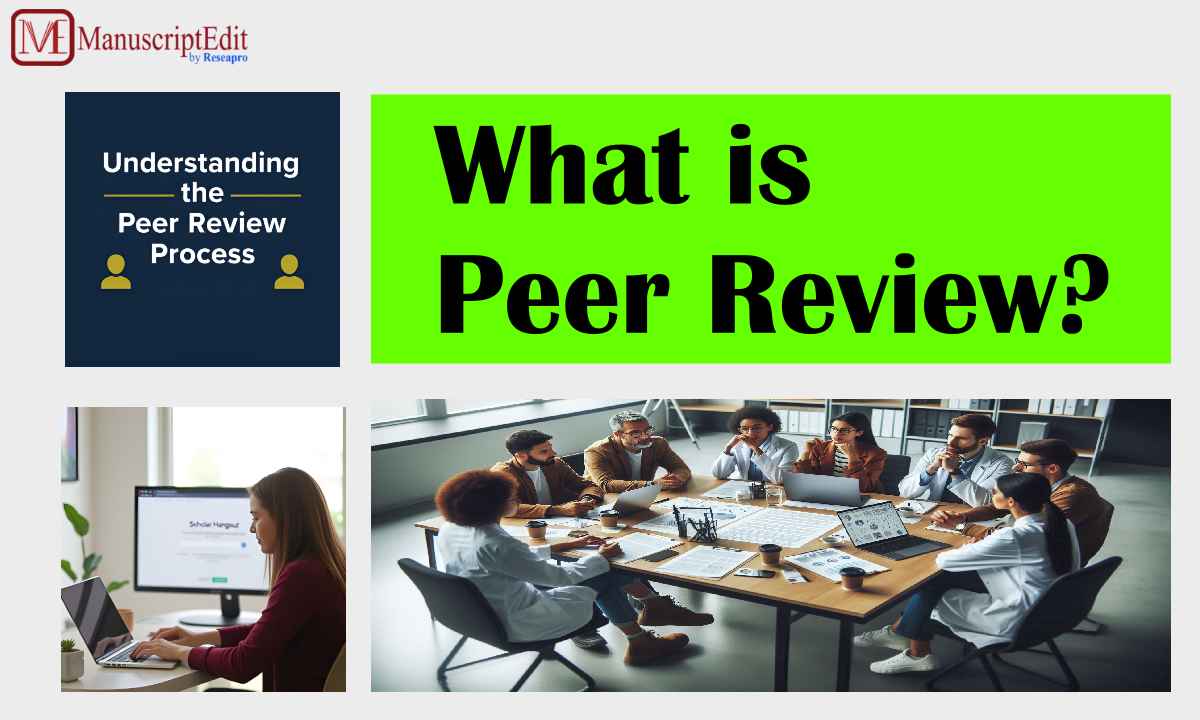|
Getting your Trinity Audio player ready...
|
Understanding the Peer Review Process: Ensuring Quality and Credibility in Scientific Publishing
The peer review process is a crucial mechanism to ensure that only rigorous and credible research is published in the scientific community. This guide outlines how the peer review process works, breaking down each critical step from submission to final acceptance or rejection. Peer review involves expert assessment of manuscripts submitted to academic journals, focusing on their quality, accuracy, and precision. While the evaluation criteria can differ across journals, they consistently aim to uphold high standards of academic integrity.
 Preliminary Research
Preliminary Research
The process starts when an author submits their article through the journal’s website or via email. This triggers a preliminary review, typically performed using software or by a production assistant, to ensure:
Compliance with the journal’s formatting guidelines.
Absence of significant ethical issues or glaring errors.
Articles that pass this stage proceed to an assessment by a Project Manager, who evaluates whether the manuscript aligns with the journal’s objectives, meets quality benchmarks, and offers novel contributions. Manuscripts that do not meet these criteria are rejected early, conserving time for both reviewers and authors.
Peer Review Phase
Inviting Reviewers
If a manuscript is considered suitable for peer review, the Director General invites reviewers with relevant expertise. Typically, two to four reviewers are selected to provide diverse insights into the manuscript’s quality. Reviewers may accept or decline invitations based on their expertise, availability, and potential conflicts of interest. Upon agreement, they gain access to the manuscript for detailed assessment.
Reviewers categorize their feedback as follows:
- Accept without corrections – The article is publication-ready.
- Minor edits – Small improvements are suggested.
- Major revision – Substantial revisions are needed.
- Reject – The manuscript is not suitable for publication in its current form.
Reviewers may also provide additional comments or concerns not shared directly with the author.
Editorial Decisions and Communication
After the peer reviews are submitted, the Managing Editor reviews all feedback thoroughly. If any inadequacies or ambiguities arise, further review may be requested for a balanced evaluation. The Editor then decides whether to send the manuscript and reviews back to the author, which may result in requests for revision or outright rejection.
Editing and Resubmitting
When revisions are necessary, authors must edit and resubmit their manuscripts within a specified period. This phase typically includes:
- Editing the text in accordance with reviewer feedback.
- Demonstrating that all recommendations have been addressed.
If the revised manuscript meets required standards, it may be accepted for publication. If not, additional comments and revisions may be needed, or the manuscript could face rejection.
Acceptance or Rejection
A manuscript’s fate depends on its resolution of critical feedback. If reviewers and editors are satisfied, the manuscript advances to the production phase, which includes final design, printing, and revisions before publication. However, unresolved issues can result in rejection even after multiple rounds of revisions.
The Value of Peer Review
Understanding and respecting the peer review process is critical for researchers. Reviewers dedicate significant time and expertise to refining and improving submitted works. Engaging with feedback and revisions can increase an author’s chances of publication while enhancing the overall quality of their research.
Conclusion
Navigating the peer review process may be challenging, but it is a vital step in establishing the impact and credibility of your research. By familiarizing yourself with each phase—submission, preliminary review, peer assessment, editorial decisions, revisions, and final acceptance—you can better prepare your work for publication and optimize its impact. This process not only elevates the quality of research but also contributes to the broader scientific community, fostering excellence and collaboration.
For additional support, consider our peer review and pre-submission services to guide you through each stage. Reach out to us at Scholars Hangout or email success@manuscriptedit.com.



